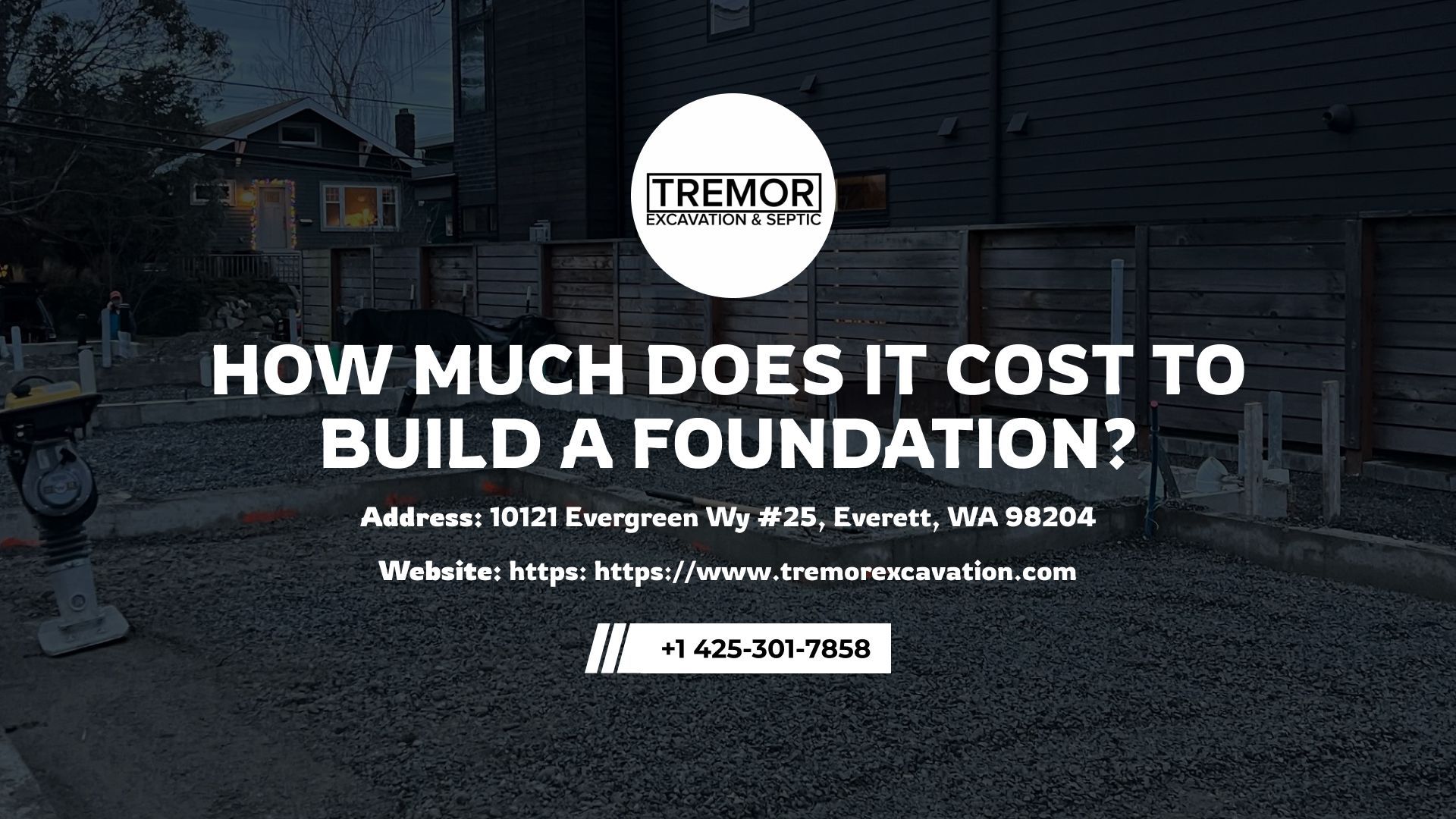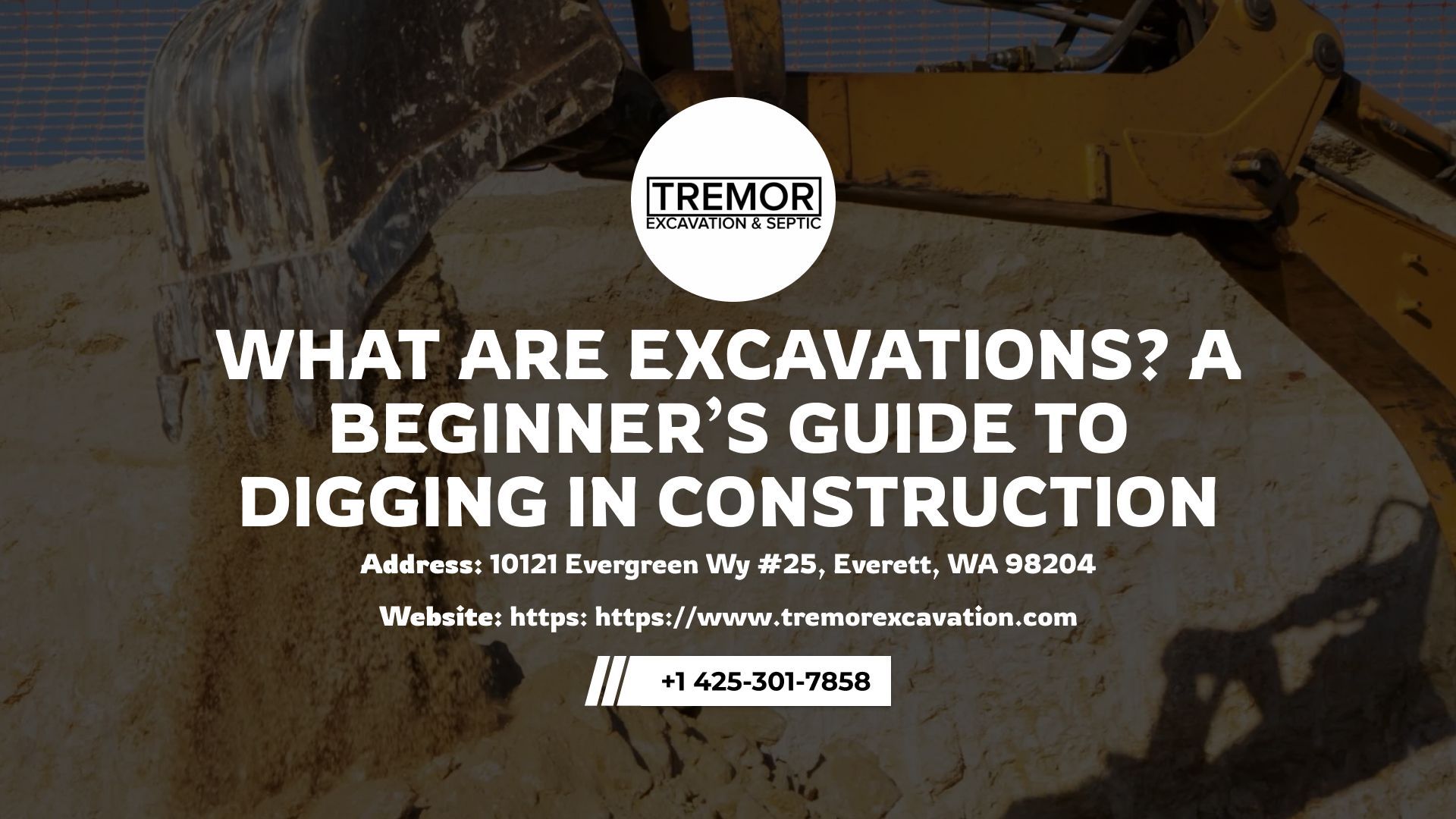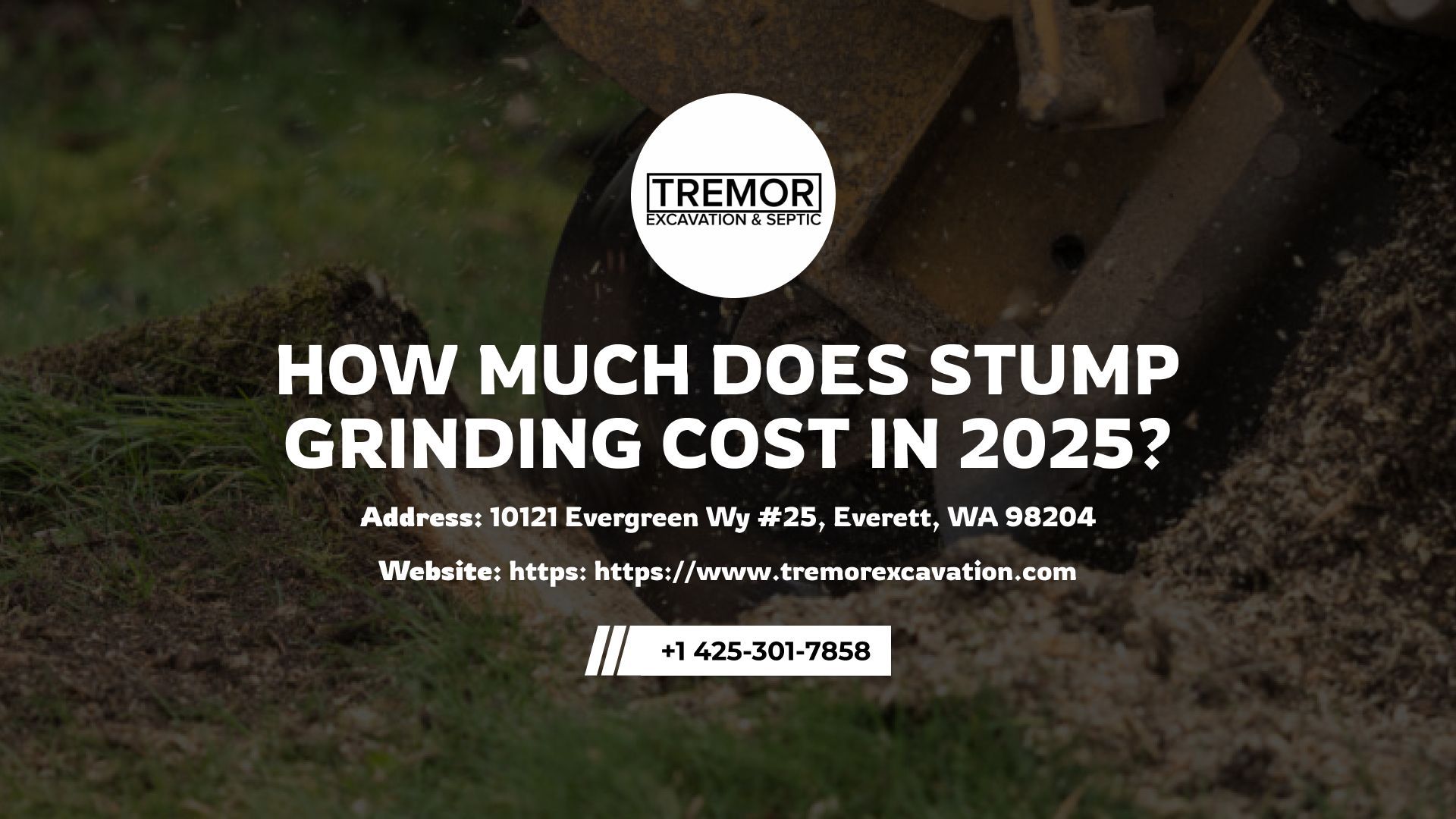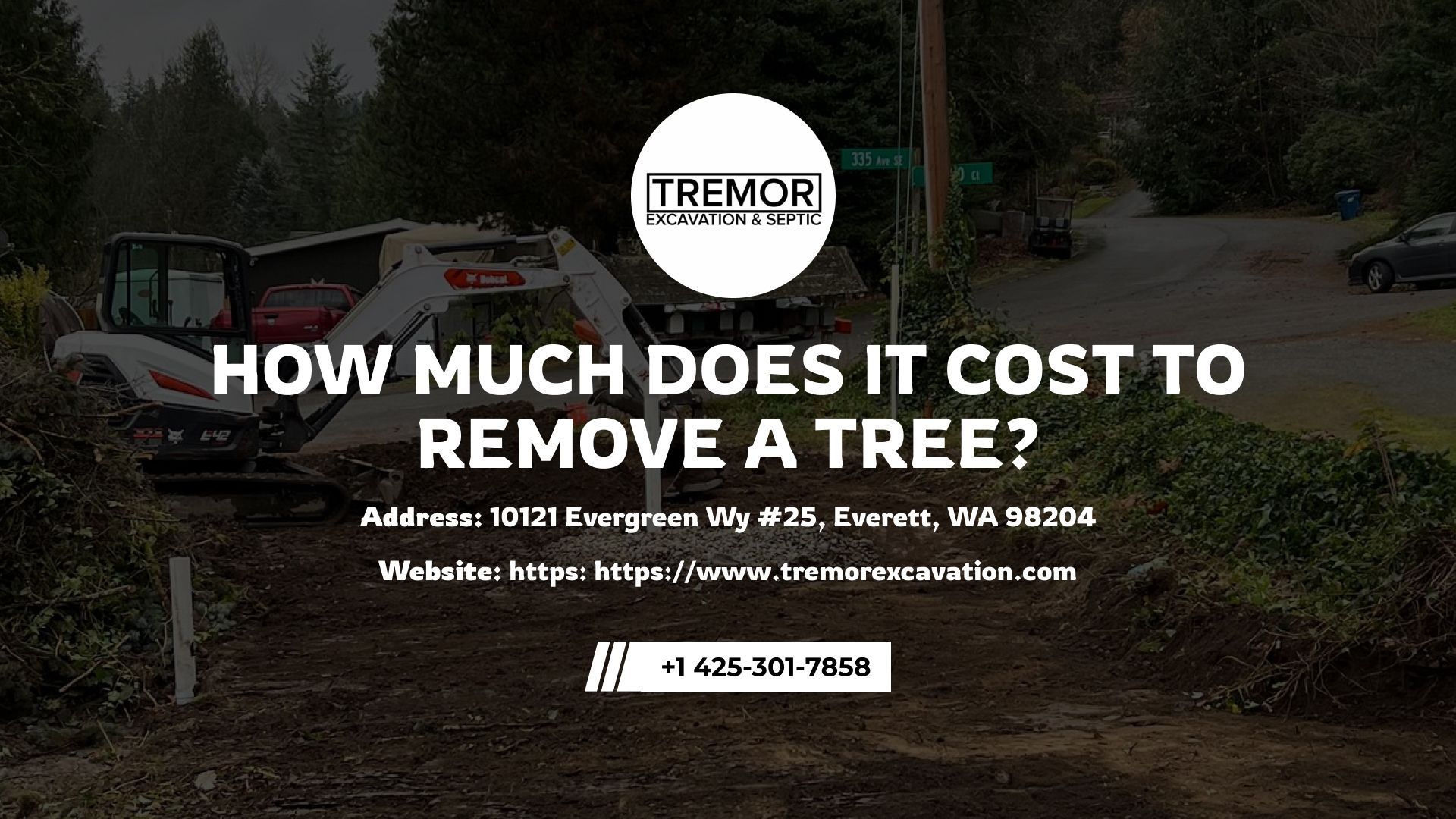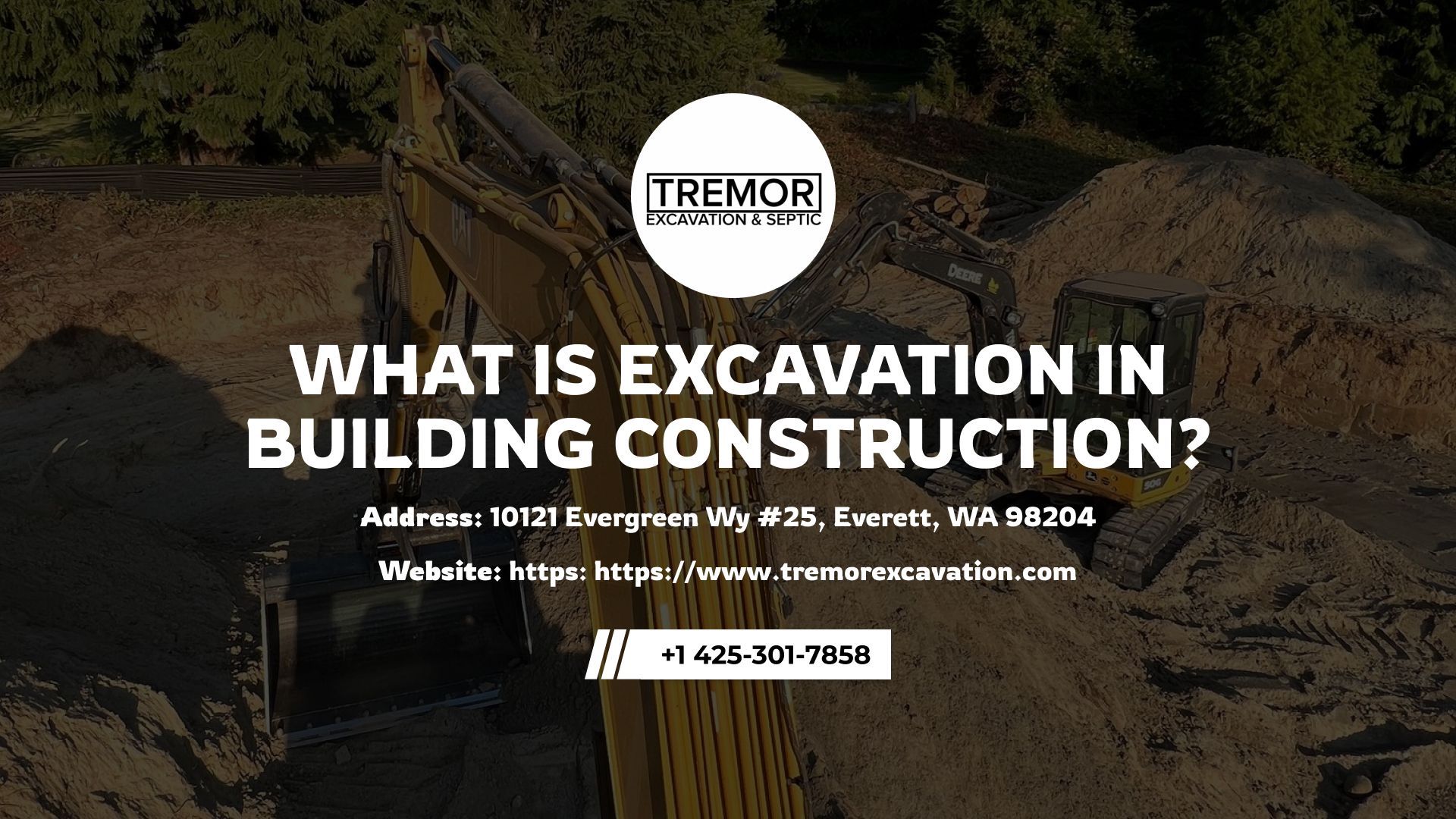What Is A Pier Foundation On A House?
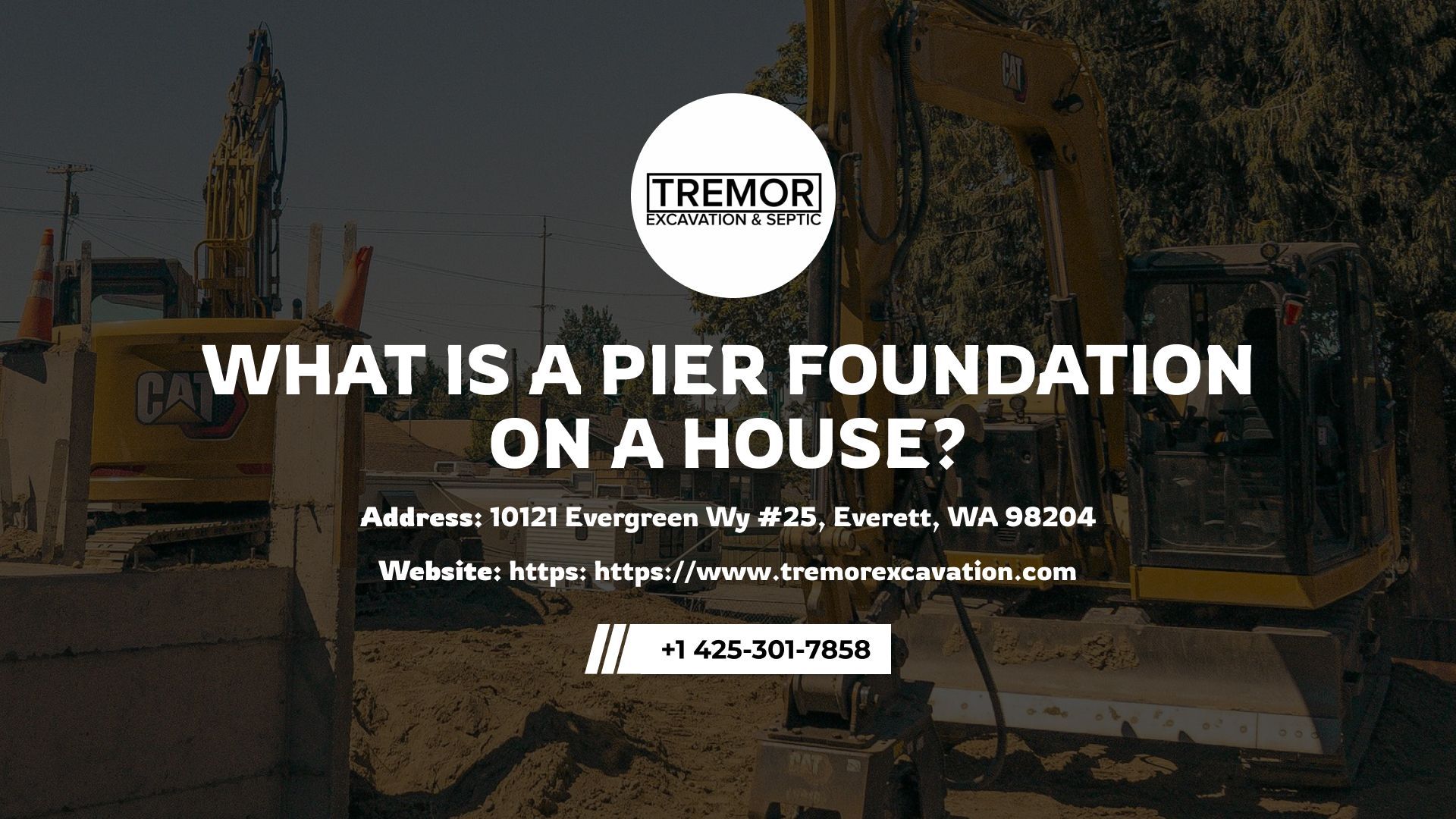
Wondering what is pier foundation on a house and why so many homes in tricky terrain use it? Let's explore how a pier foundation works and if it's the best option for your upcoming build.
Key Takeaways
- Pier foundations elevate homes above the ground using vertical support columns.
- Pier foundations help prevent water damage in areas that are prone to floods or moisture.
- Crawl spaces in pier and beam systems allow easy access to utilities like plumbing and electrical wiring.
- There are various piers suited for different soil types and loads.
- Pier foundations are cheaper than basements and require less digging.
- Making repairs or adding on is trickier than with slabs or full basements.
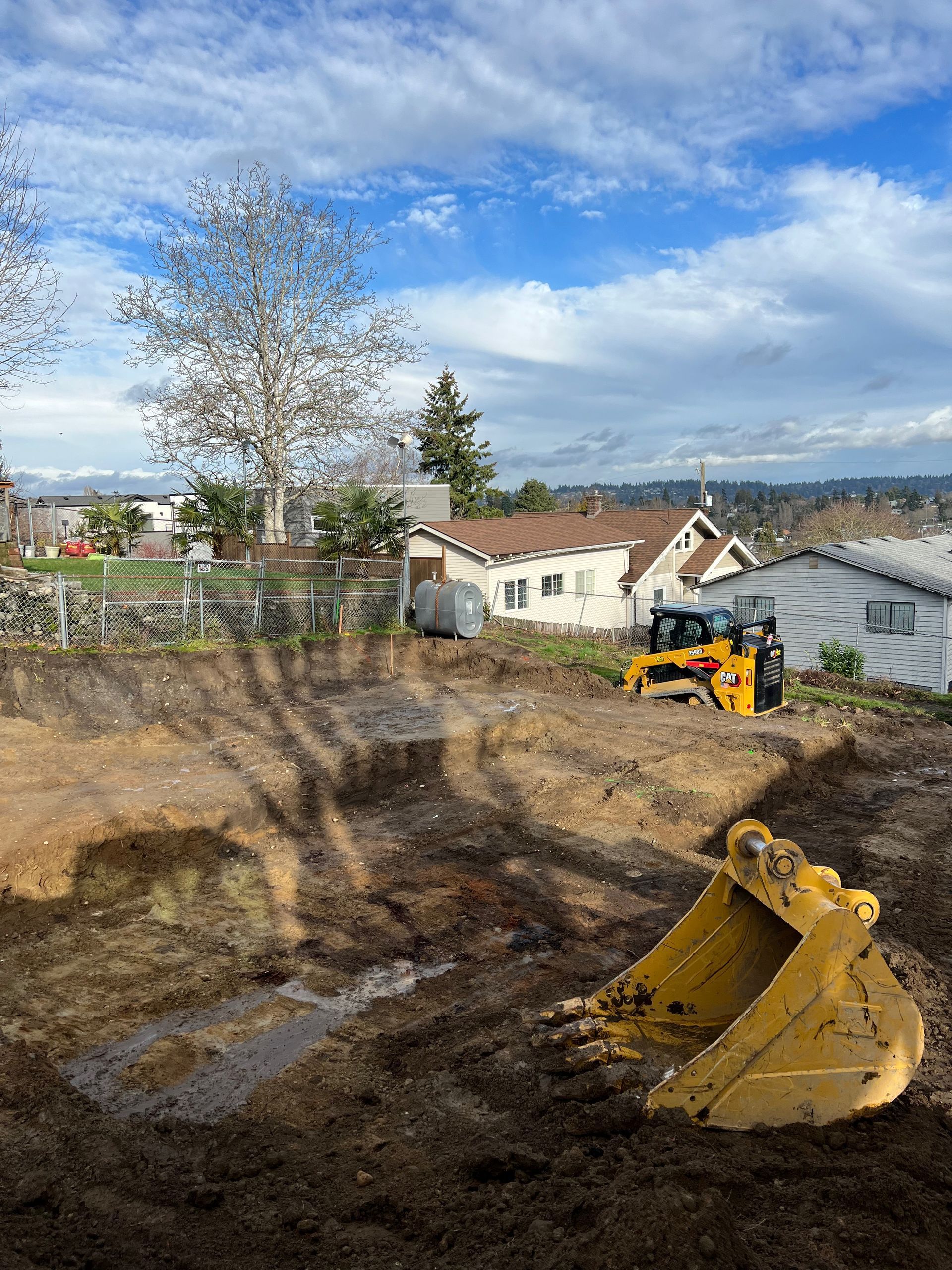
What Is A Pier And Beam Foundation?
A pier and beam foundation combines vertical piers with horizontal beams. Beams rest across the tops of piers and support the floor joists above. This design provides a raised floor with a crawl space below it. Pier and beam foundations are perfect for flood zones, rocky or sloping land, and can support light to medium-weight structures.
Types Of Pier Foundations
Pier foundations have different styles based on the materials used, depth, and installation technique. Choosing the right type depends on site conditions, building weight, and budget:
- Masonry piers: These are made from concrete blocks that are poured or stacked on-site. They’re cheap and work well for small houses on stable soil.
- Drilled caissons: Deep concrete shafts with rebar, drilled into the ground and anchored in bedrock, which is ideal for heavy loads or poor surface soil.
- Helical piers: These steel shafts have screw blades and get twisted into the soil with little disturbance. They're a solid option for repairs or construction on wet, unstable ground.
Different types of pier foundations suit different site conditions and structural demands. Here’s a comparison:
| Pier Type | Material | Depth Range | Best Use Case |
|---|---|---|---|
| Masonry Piers | Concrete/Block | 3–6 ft (shallow) | Small homes on stable, level soil |
| Drilled Caissons | Concrete + Rebar | 10–30+ ft | Heavy structures or weak surface soil |
| Helical Piers | Steel Screws | Variable | Wet, unstable, or expansive soil; repairs |
Pros Of Pier Foundations
- Flood protection: Elevation keeps floors above rising water.
- Easier utility access: A crawl space improves access for plumbing and electrical work.
- Minimal excavation: Less soil moved than with basement foundations.
- Adaptable to sloped terrain: Great for hills or rocky sites.
- Quick installation: Suitable for tight project timelines.
- Comfortable floors: Flexible support reduces floor stiffness.
- Extra storage: Crawl space can house mechanical systems or seasonal items.
- Low vibration: Especially with drilled caissons.
- Expandable: Simple to add more sections later.
- Better airflow: Helps reduce ground moisture with proper maintenance.
Cons Of Pier Foundations
- Settling and shifting: Poor soil prep can lead to movement.
- Humidity issues: Crawl spaces may trap moisture.
- Wood rot and pests: Exposed wood needs treatment and protection.
- Cold floors: Difficult to heat without a concrete slab.
- Limited support: Lightweight structures only.
- Creaking sounds: Noise from exposed beams can be annoying.
- Energy loss: Insulation is needed to keep the heat in.
- Stability issues: Uneven piers can weaken the support.
- Earthquake concerns: Needs extra support for safety.
- Maintenance required: Regular checks are needed in wet areas.
- Higher price: Pricier than slab foundations in certain areas.
Pier And Beam Vs. Other Foundations
| Foundation Type | Average Cost | Stability | Moisture Resistance | Ideal For |
|---|---|---|---|---|
| Pier and Beam | Moderate | Medium | High (elevated) | Flood zones, uneven terrain |
| Slab | Low | High | Low (no elevation) | Flat, dry sites |
| Basement | High | Very High | Medium | Cold climates, extra space |
| Crawl Space (non-pier) | Medium | Medium | Medium | Warmer regions |
| Wood Foundation | Low | Low | Very Low | Temporary structures |
Common Problems With Pier Foundations
- Sagging floors: Caused by settling or shifting piers due to poor soil preparation.
- Wall cracks: Often indicate uneven load distribution or movement in the foundation.
- Sticking doors or windows: Caused by pier shift and frame misalignment damage.
- Moisture in crawl space: Can lead to mold, rot, and pest issues if unsealed.
- Cold floors: Results from a lack of slab insulation beneath raised flooring.
- Creaking or bouncy floors: A loose connection between the pier and beam may be the reason.
How Is A Pier Foundation Repaired?
Construction process: Construction workers start by performing a test on the ground to determine load capacity. They then drill holes, install piers, and place beams over them to support the structure.
Common Repair Techniques:
- Push piers: Steel piers are hydraulically driven deep into stable soil to lift and stabilize the foundation.
- Helical piers: Steel shafts activated by torque are screwed into the soil, most ideally suited for level accuracy with minimum soil disturbance.
- Screw jack replacement: Old or sinking jacks are replaced to re-level tilted beams and floors.
How To Prevent Pier Foundation Problems
- Clean gutters regularly: Prevents water from pooling around the foundation.
- Redo yard slope: Redirects rainwater away from the house.
- Encapsulate crawl space: Keeps out moisture and enhances the air.
- Extend downspouts: Make sure roof water drains away from the foundation.
- Install drain tile systems: This manages the groundwater surrounding the piers.
Book Foundation Contractors Near Me Today
Schedule a foundation service with Tremor Excavation & Septic for professional soil testing, construction inspections, and repair recommendations. A quick evaluation can prevent costly damage down the road, get in touch with us today!
FAQs
How deep is a pier foundation?
Pier depth depends on soil conditions, usually ranging from 3 to over 30 feet. A geotechnical report is recommended before building.
Are pier foundations good for flood zones?
Yes. Pier foundations are ideal for flood-prone and coastal areas because they raise the home above ground level.
How long do pier foundations last?
Concrete and steel piers typically last 75 to 100 years with proper maintenance and routine inspections.
Is a pier foundation right for my home?
Pier foundations work well for homes on sloped land, wet soil, or limited budgets. A contractor can assess if it's the best fit.




